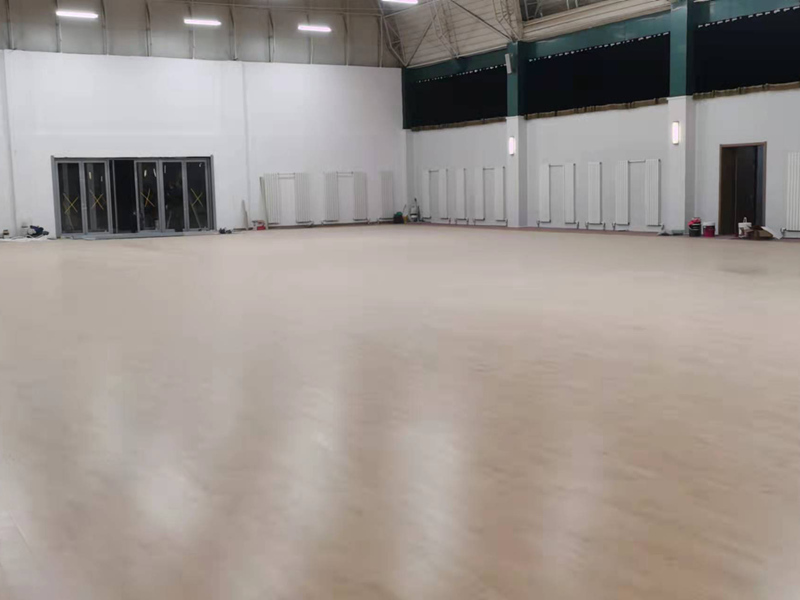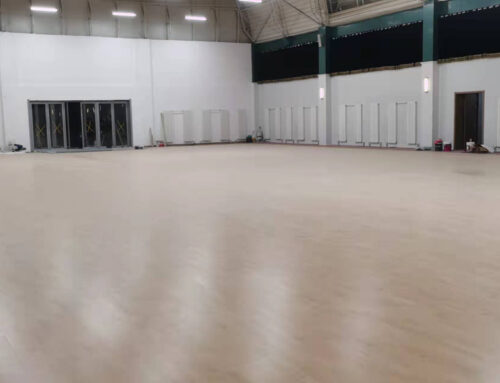What happened was, I finally got that wooden flooring project started this week. Been staring at them boxes for like a month, feeling kinda bad ’cause they just sat there. Yeah, I went with that click-lock floating flooring stuff, the beech kind? Supposed to be simple enough, they said. Famous last words, right?

Getting Started & Tools
First things first, I cleared the whole darn room out. Like, totally empty. Then I dragged in all the flooring boxes and just let ’em chill inside for a couple days. Gotta let the wood get used to the room, stops it from swelling or shrinking later like crazy. While I was waiting, I dug out all the tools I thought I needed: my trusty saw, measuring tape, spacers (those little plastic wedge thingies), a tapping block, a pull bar, a rubber mallet, a pencil, and the level. Oh, and the knee pads! God bless the knee pads.
Prepping the Ground
My subfloor ain’t perfect, nothing ever is. Pulled out the level and sure enough, couple low spots. Mixed up some thin self-leveling compound stuff – messy job, gotta be fast – and slapped that down to fill the dips. Let it dry overnight, solid as a rock next morning. Swept and vacuumed it clean like crazy. Didn’t have any fancy underlayment yet, so had to run out to the store to grab a roll of that foam padding stuff. Unrolled it over the whole floor, taping the seams together so it stayed put. Felt like laying down a giant puzzle mat.
The First Row Blues
Everyone says the first row is crucial. Set it dead straight or the whole floor goes sideways. Took me forever! Measured like ten times. Decided which wall looked the straightest, used that as my guide. Placed the spacers all along that wall, leaving about a finger-width gap – the wood needs room to breathe and shift, you know? Took the first board, groove facing the wall, tongue sticking out. Slid it right into the first spacer. Felt good, finally cutting into wood! Measured the end piece, marked it carefully with the pencil. Cut it with the saw, took a deep breath, then clicked that second piece onto the tongue of the first one. That satisfying click noise! Used the mallet and tapping block to gently knock it tight. Kept going like that down the first row.
Going With the Flow… Mostly
Started the second row using a partial board, offsetting the joints so they don’t line up and look messy. This is where the “click-lock” thing really kicked in. I’d slide the long tongue edge of the new board at an angle into the groove of the previous row’s board, then slowly lower it down flat. That’s when you kinda hear it lock in. Gave it a little nudge with the mallet and tapping block to get it snug. Repeat, repeat, repeat.
But dang, it wasn’t all smooth sailing. Ran into a few problems:
- Board gaps:
-
- Sometimes the stupid things wouldn’t close up tight no matter how much I tapped. Had to pull the row back out, double-check the joints for sawdust or a tiny chip blocking it.
-
- Damaged tongue: Oof, got a little overzealous with the mallet once. Ended up with a nice little dent on the tongue end. Had to carefully use a wood glue on the joint that clicked onto it, holding it crazy tight till it set.
- Wall gaps: Forgot to keep sliding those spacers along the sides as I moved forward. Realized about three rows in! Had to loosen everything up carefully and slide spacers back in where I missed. Sweating like crazy at that point, worried I warped the whole run.
Around the Tricky Bits
Then I hit the doorways. That meant measuring carefully and cutting notches in the boards to fit around the door jamb trim. Needed to slide the boards underneath. Used my saw to cut out sections and a chisel to clean it up. Took time and lots of careful measuring. Also had to deal with this random pipe sticking up near the wall. Measured its position super accurately on the board, drilled a hole bigger than the pipe, then cut a slit so I could slide the board around it. Looks kinda wild but it worked.
The Final Stretch
Getting to the last row was… tight. The gap was way narrower than a full plank. Measured the leftover space at both ends of the wall – surprise, they were slightly different! Transferred that measurement onto a board, subtracted the gap width for the spacers, and marked the cutting line. Had to do this piece with the groove facing the wall. Since it was too tight to slide in at an angle, I glued the tongue edge that would click into the previous row’s groove. Then used the pull bar tool like crazy, wedging it between the wall and the board, pulling like hell with the mallet to get that last piece locked down. Crap, that took some serious muscle.
Finishing Touches
Once all the boards were down, I just stood there looking at it. Pulled out all the spacers around the edges. That gap now runs all the way around the room, hidden for the trim later. Swept the whole floor again. Then I walked across it. Solid. That slight hollow sound when you expect floating floors? Barely noticeable. Feels great underfoot. Found a few tiny scratches I probably did myself while wrestling with the boards – lessons for next time, work slower!
So, What Did I Learn?
Honestly? It’s doable. Takes patience, a decent saw, elbow grease, and keeping those damn spacers in place. Main takeaways:
- Prep is king: Level floor? Clean space? Right tools? Makes everything easier later.
- First row perfection: Don’t rush this step. Measure ten times, cut once.
- Gentle taps: That mallet is strong! Gentle persuasion, not brute force, saves the tongues.
- Spacers are your friends: Keep them along the walls constantly. Seriously.
- Work slow: Rushing equals damaged boards and sloppy gaps. It’s not a race.
Yeah, I’m tired, but seeing that smooth wood floor looking all fresh and clean? Totally worth the sweaty Saturday afternoon. If I can manage it, pretty sure anyone can!




